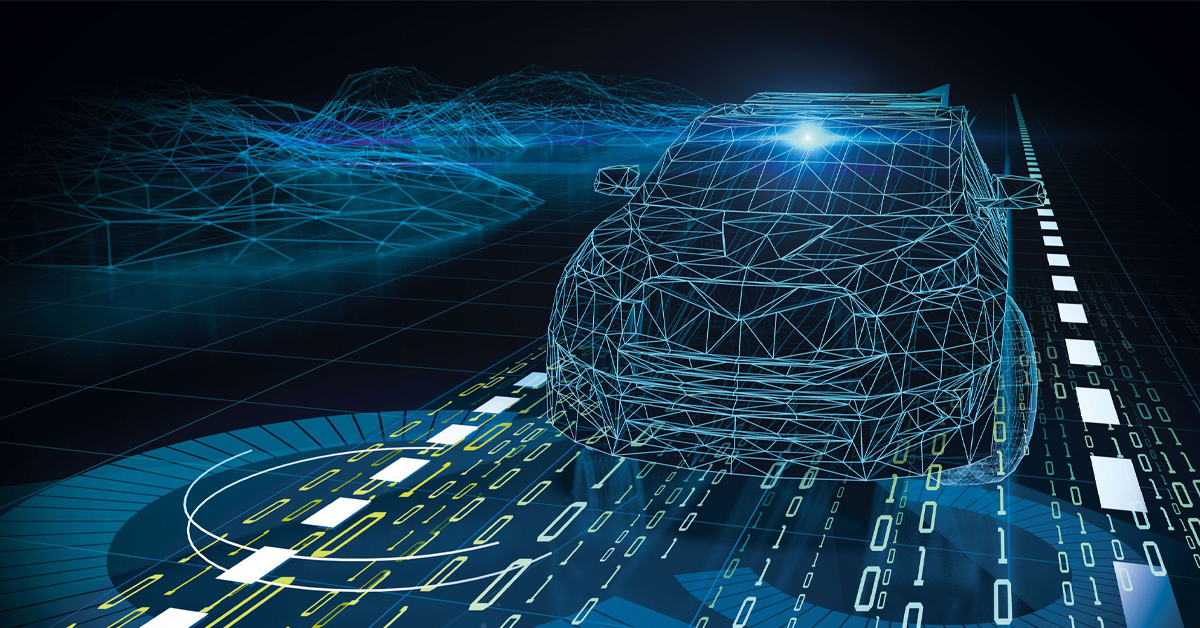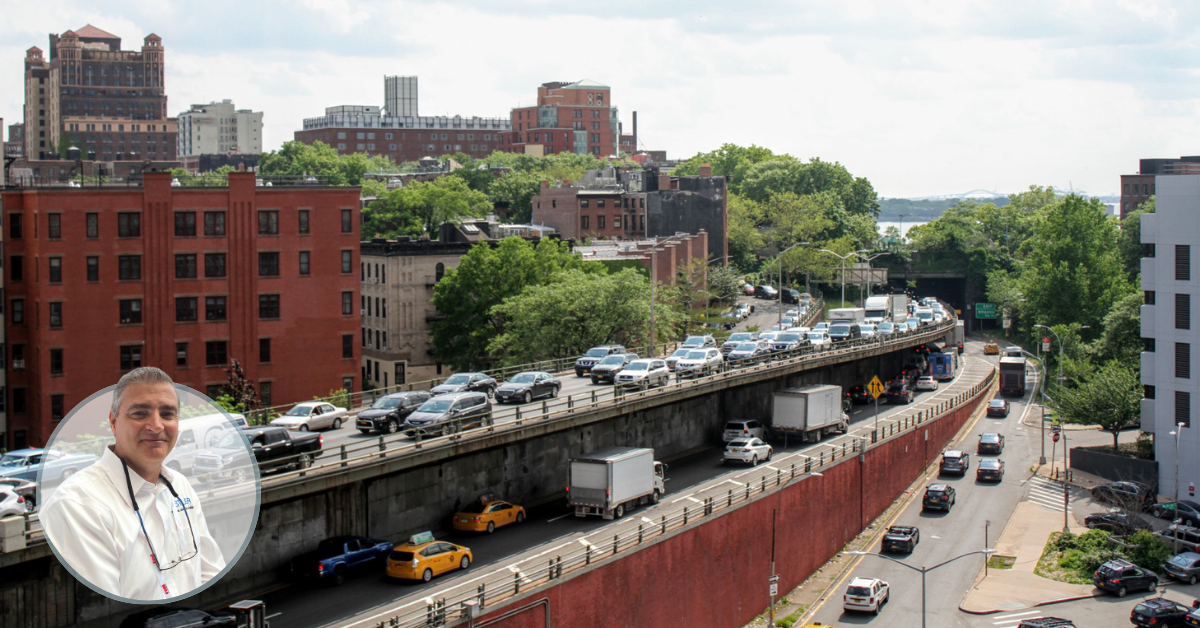The impact and future of video analytics

Intro
Continuing Intertraffic’s look at solutions that have taken the traffic management and smart mobility world’s by storm, Helen Blood explains why video analytics continues to be a game-changer for highways and transport.
Loading component...
Text1
So today, more than ever, the benefits of modern traffic video analytical systems and traffic data collection are becoming obvious and widely accepted. Its flexibility and speed of deployment are recognised in the rapidly changing and fast environment. But how is video analytics being put to good use?
So today, more than ever, the benefits of modern traffic video analytical systems and traffic data collection are becoming obvious and widely accepted
A GREAT LEAP FORWARD
“Traditional data collection methods on traffic and transportation infrastructure proved to be inefficient compared to current possibilities. They are either resource-intensive or time-consuming, providing single-purpose data only. Moreover, they are expensive and complicated to organise or operate, “ says Daniel Stofan, CEO of GoodVision.
Video-analytical solutions based on artificial intelligence can capture all standard classes of motorised or non-motorised units on very complex traffic movements at once. In fact, GoodVision Video Insights doesn’t require specification of the job beforehand, as it extracts all vehicle trajectories and the user can filter them at another moment in the solutions’ dashboard.
“The need for robust data on the transportation infrastructure is also essential to better understand performance, and any improvement needs, support informed decisions and effective investment. With advances in artificial intelligence and computing capacity, there is a significant opportunity to understand infrastructure performance in a short time and to respond to any questions on transportation issues with much more detail than in the past, at a much faster rate and in a cost-effective manner,” adds Stofan. GoodVision has produced comprehensive guidance on how to carry out simple but effective traffic surveys that its GoodVision Video Insights system delivers.
Video-analytical solutions based on artificial intelligence can capture all standard classes of motorised or non-motorised units on very complex traffic movements at once
Loading component...
Loading component...
Share your story
Do you have an innovation, research results or an other interesting topic you would like to share with the professionals in the infrastructure, traffic management, safety, smart mobility and parking industry? The Intertraffic website and social media channels are a great platform to showcase your stories!
Please contact our Sr Brand Marketing Manager Carola Jansen-Young.
Are you an Intertraffic exhibitor?
Make sure you add your latest press releases to your Company Profile in the Exhibitor Portal for free exposure.





